Our Physics Based Sensors Pack is specially designed for engineers who need to design or validate sensor perception algorithms. It offers a complete solution for advanced and realistic modeling facilitating validation by simulation.
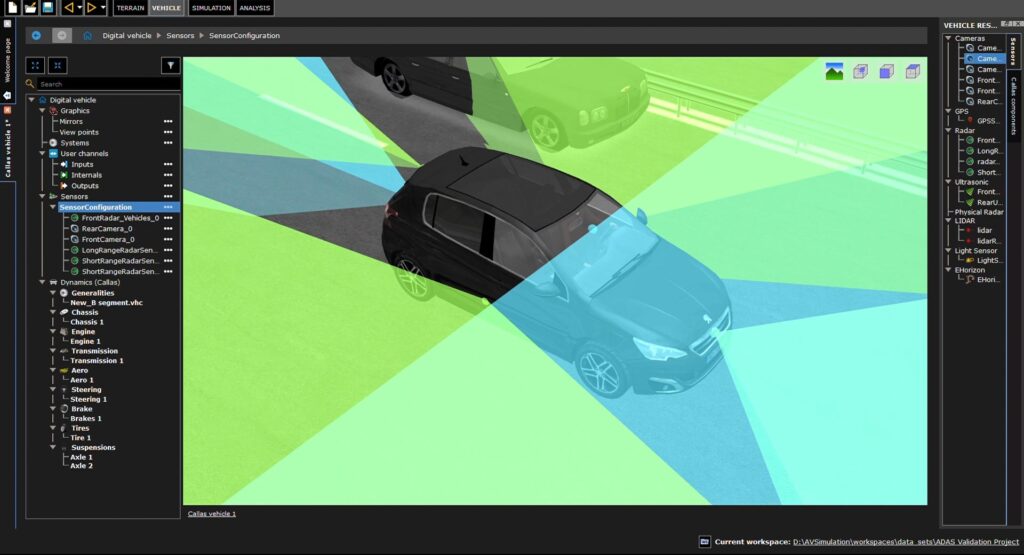
Developed in collaboration with OKTAL-SE
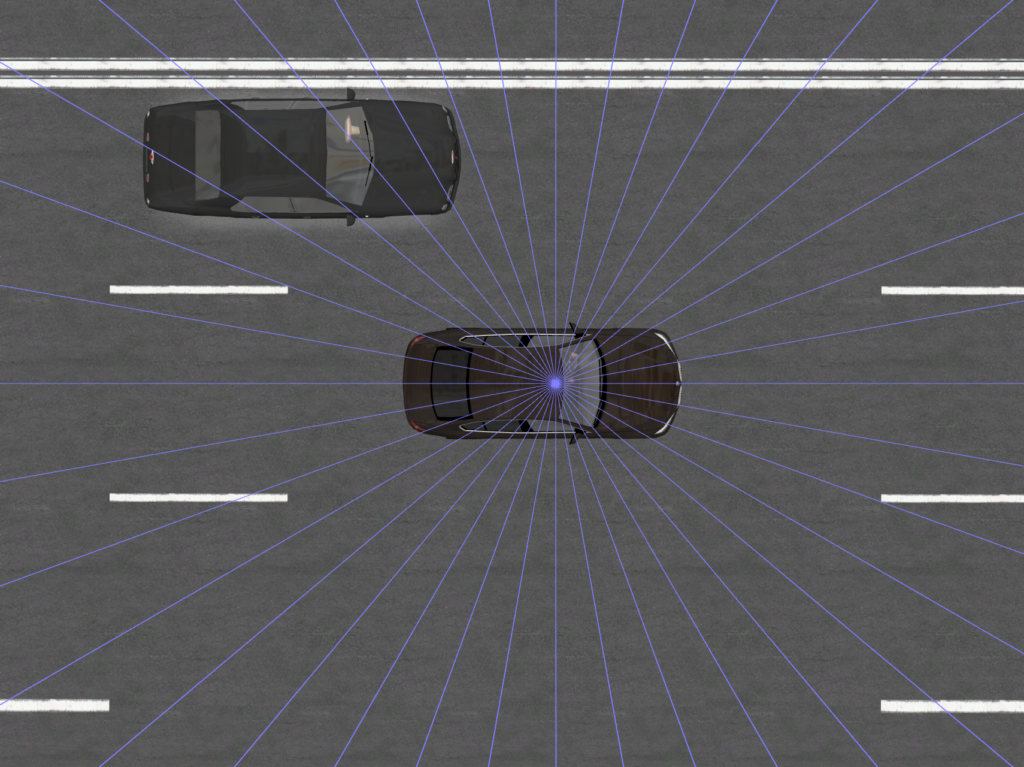
it relies on the proven OKTAL-SE EM solver capabilities:
At Level 2 the radar model provides:
Developed in collaboration with OKTAL-SE
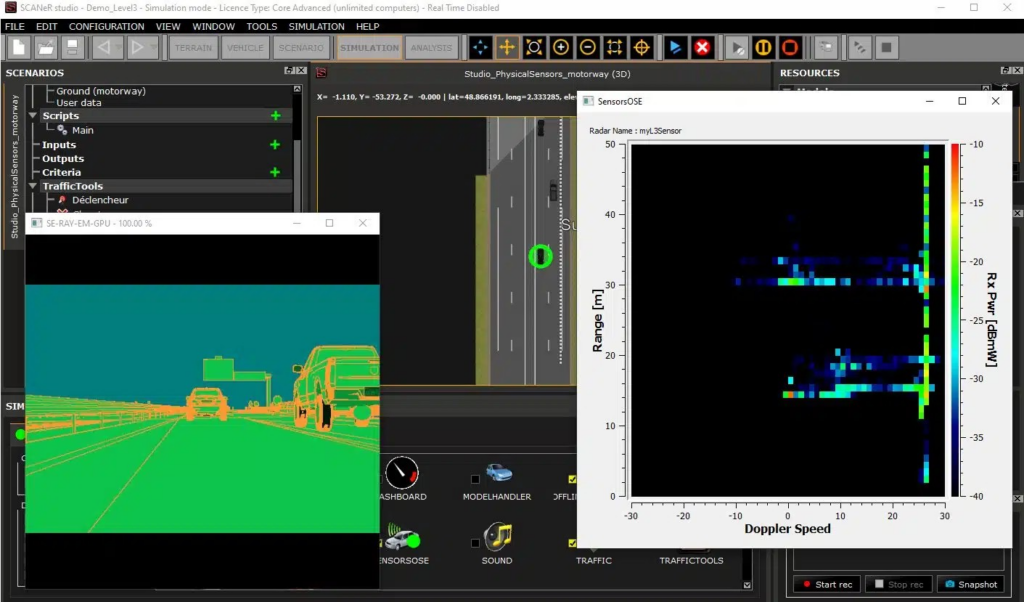
it relies on the proven OKTAL-SE EM solver capabilities:
At Level 3 the radar model provides:
Helps to enrich the description of the scene and its objects with materials describing their physical properties
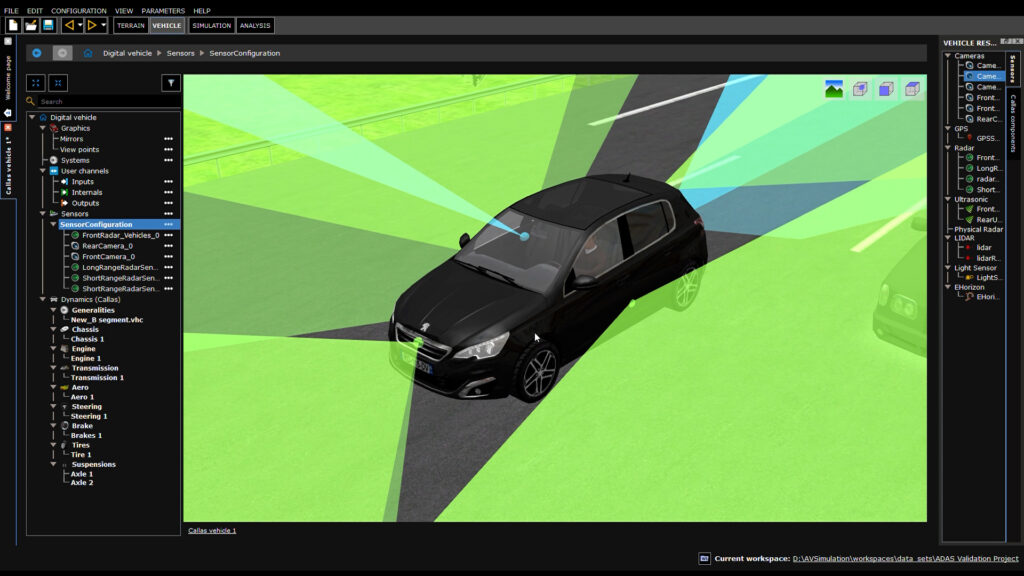
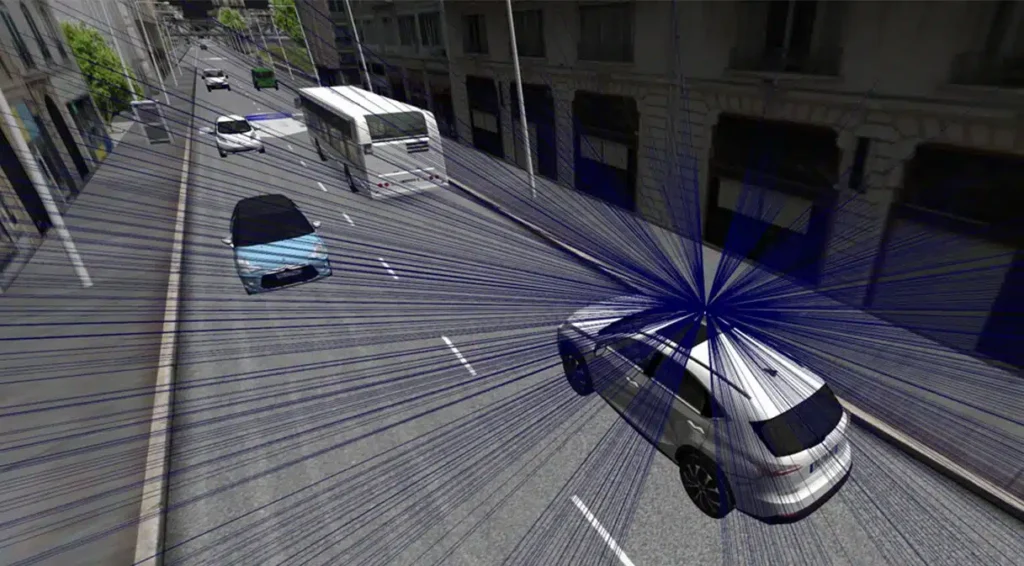
Operational safety is at the heart of discussion surrounding autonomous vehicles. The Physics Based Sensors Pack allows you to check the influence of the scenario and the environment on perception. A precise modeling of the propagation allows the user to identify the weak points of the perception algorithms in complex situations, and to analyze and improve them in order to help anticipate risks and design a safe and efficient vehicle.





